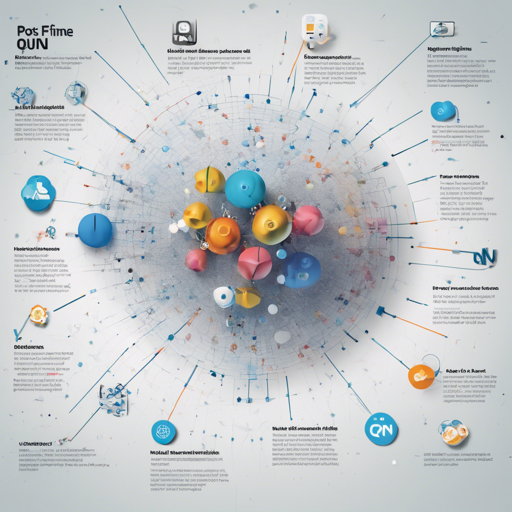In the rapidly evolving field of artificial intelligence, the ability to create efficient models that maintain performance is essential. Today, we’re diving deep into how to utilize post-training dynamic quantization for an INT8 T5 model fine-tuned on the CNN DailyMail dataset using the huggingface optimum-intel and Intel® Neural Compressor. Let’s get started!
What is Post-Training Dynamic Quantization?
Dynamic quantization is a technique used to reduce the model size and improve inference speed, all while trying to retain as much accuracy as possible. Think of it like compressing a large suitcase (the model) into a smaller, easier-to-carry version without losing any crucial items (the accuracy). In our case, we use INT8 quantization to shrink the model size significantly.
Steps to Implement Post-Training Dynamic Quantization
Follow these simple steps to implement quantization on your T5 model:
- Prerequisites: Ensure you have the necessary libraries installed, including PyTorch and the Intel Neural Compressor.
- Model Setup: Load the pre-trained model, which in this case is a fine-tuned T5 model on CNN DailyMail.
- Quantization: Utilize the Intel Neural Compressor for dynamic quantization.
Step 1: Load the Required Libraries
from optimum.intel import INCModelForSeq2SeqLMStep 2: Load the Model
model_id = "Intel/t5-base-cnn-dm-int8-dynamic"
int8_model = INCModelForSeq2SeqLM.from_pretrained(model_id)By executing these commands, you’ll load the INT8 quantized T5 model ready for inference. Now your model has not only reduced its overall size from 892M to 326M but also maintains a very similar accuracy level!
Evaluation of Performance
After implementing the dynamic quantization, here are the evaluation results:
| Metric | INT8 | FP32 |
|---|---|---|
| Accuracy (eval-rougeLsum) | 36.5661 | 36.5959 |
| Model Size | 326M | 892M |
Troubleshooting Tips
If you encounter any issues during the quantization process, consider the following troubleshooting ideas:
- Ensure you have the latest versions of the libraries installed.
- Check for compatibility between your hardware and the Intel Neural Compressor.
- Validate that your Python environment is correctly set up for running PyTorch models.
For more insights, updates, or to collaborate on AI development projects, stay connected with fxis.ai.
Conclusion
Quantizing your models is an effective way to enhance performance without sacrificing accuracy. Through post-training dynamic quantization, you can achieve a lightweight model that moves faster and operates efficiently. At fxis.ai, we believe that such advancements are crucial for the future of AI, as they enable more comprehensive and effective solutions. Our team is continually exploring new methodologies to push the envelope in artificial intelligence, ensuring that our clients benefit from the latest technological innovations.

